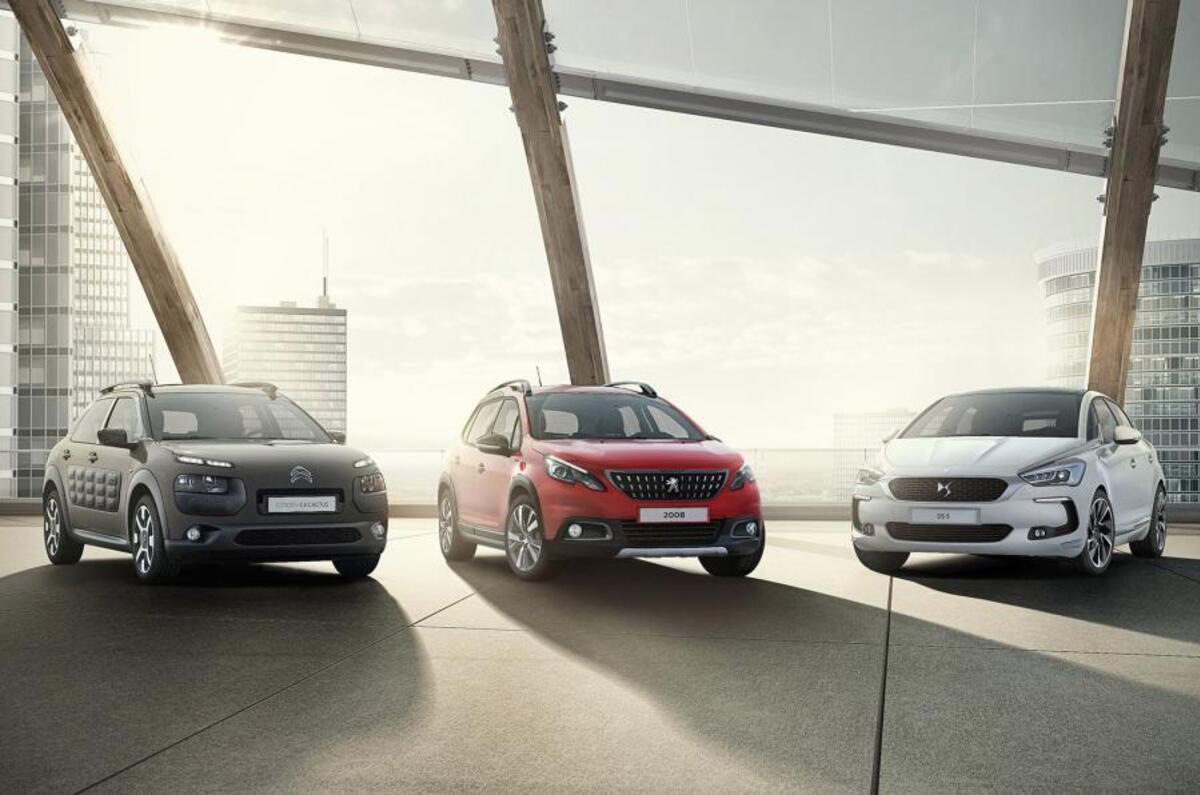It’s not much more than two years since the PSA Group avoided going bust thanks to investment by Chinese car maker Dongfeng and the French government.
But today’s financial results show that the car maker is in much better health. The company’s automotive division saw its profits leap from £817 million in the first half of 2015 to £1.09 billion in the first half of 2016.
PSA’s Faurecia components division also saw profits up in the first half of 2016, from £291m to £411m.
PSA's automotive profit margin hit a highly impressive 6.8%. That’s not only creeping towards premium territory but it’s also way ahead of Ford and GM’s European operations (the former swung marginally into profit last year and latter is hoping to do the same this year), as well as being well ahead of the Volkswagen brand’s expected margins of around 2%.
There’s also hope for the future, because the PSA Group spent a healthy £789m on research and development in the first half of this year, so new product development looks relatively healthy.
It wasn’t all plain sailing, however. The Chinese market in the first half of the year was a disaster, with sales across the Peugeot, Citroën and DS brands down from 296,500 units from 368,070. The Middle East and Africa territory wasn’t great either, down from 100,856 to 87,420.
It was the recovery of the European market that gave the PSA Group’s revival its boost. Sales across the EU are finally back above those at the point of the global credit crunch and recession in 2009.
In the first six months of the year, they were up just short of 7% to 1,459,508 units, with PSA seeing double-digit market growth in Italy and Spain.
Across Europe, Peugeot brand sales were up 8% to 601,000 and Citroën up to by 7.2% to 413,620 units. DS crept forward by less than 1% to 40,942 sales.
Global sales of the 208 hatchback went up from over 166,000 to over 190,000 units. The 2008 crossover also saw another rise in sales to 134,000 in the first six months of the year, which means it could well hit the 270,000 mark across the whole year, making this relatively modest machine one of Peugeot’s biggest hits.
Sales of Citroën’s C3-XR - a kind of C4 hatch-cum-crossover that’s only sold in China - jumped 35% to 38,800 units, accounting for just short of a third of all Citroën China sales, which makes you wonder whether Citroën Europe could do with something similar.







Join the debate
Add your comment
bailout
Are french cars reliable now
Always have been.
Porsche never made transmissions for PSA.
Those pesky French Maseratis
Re: Are french cars reliable now
EU goodness